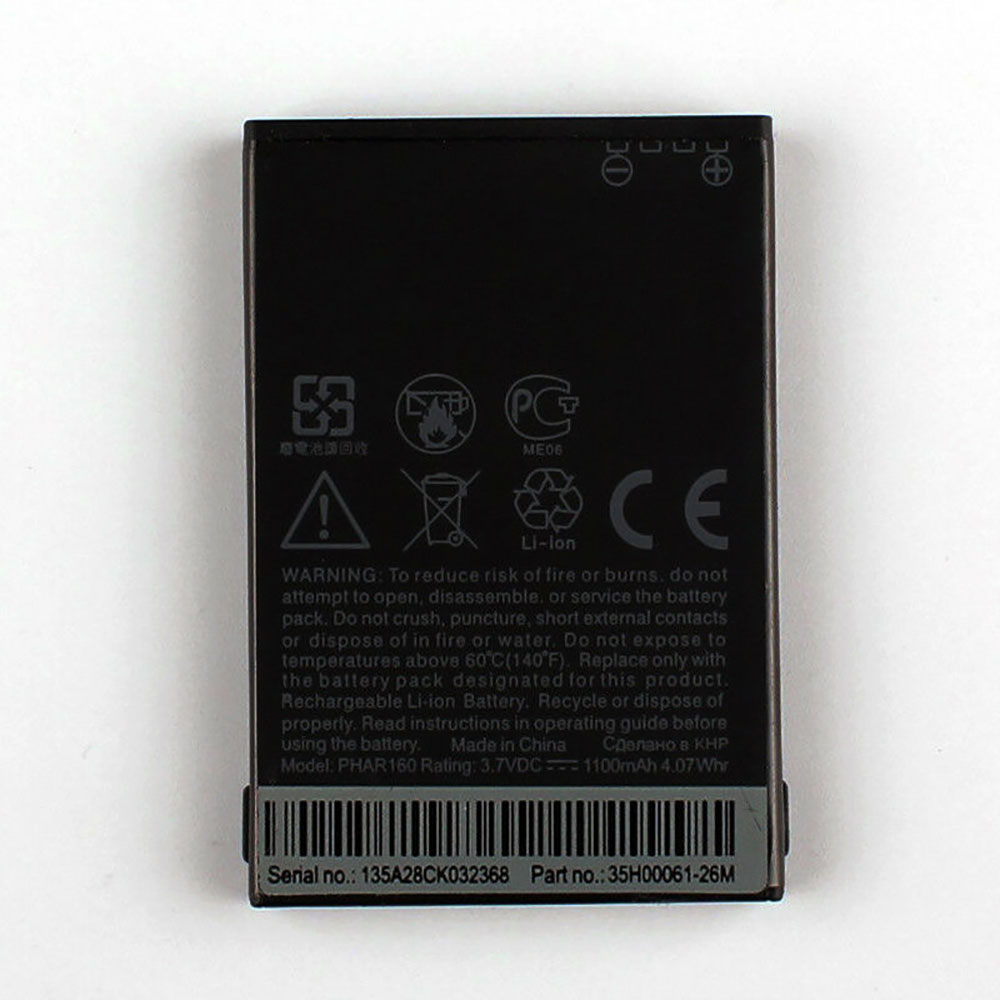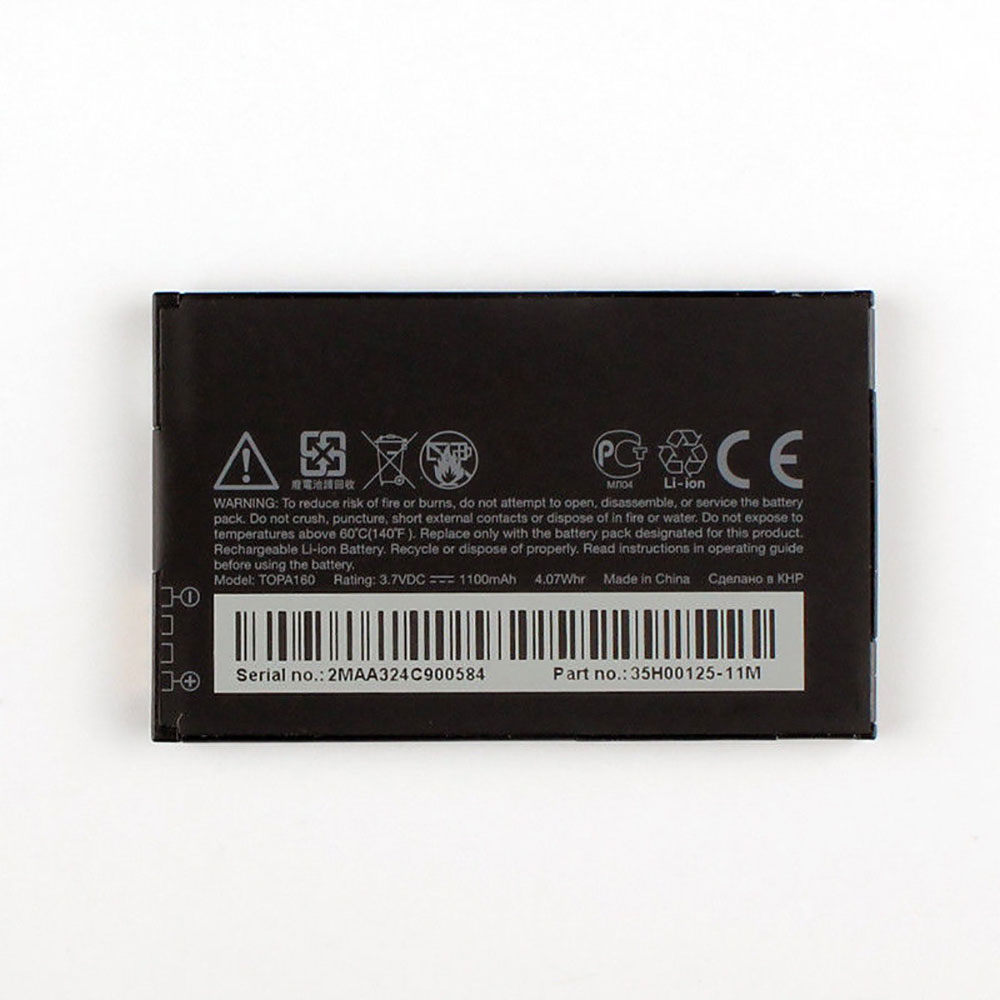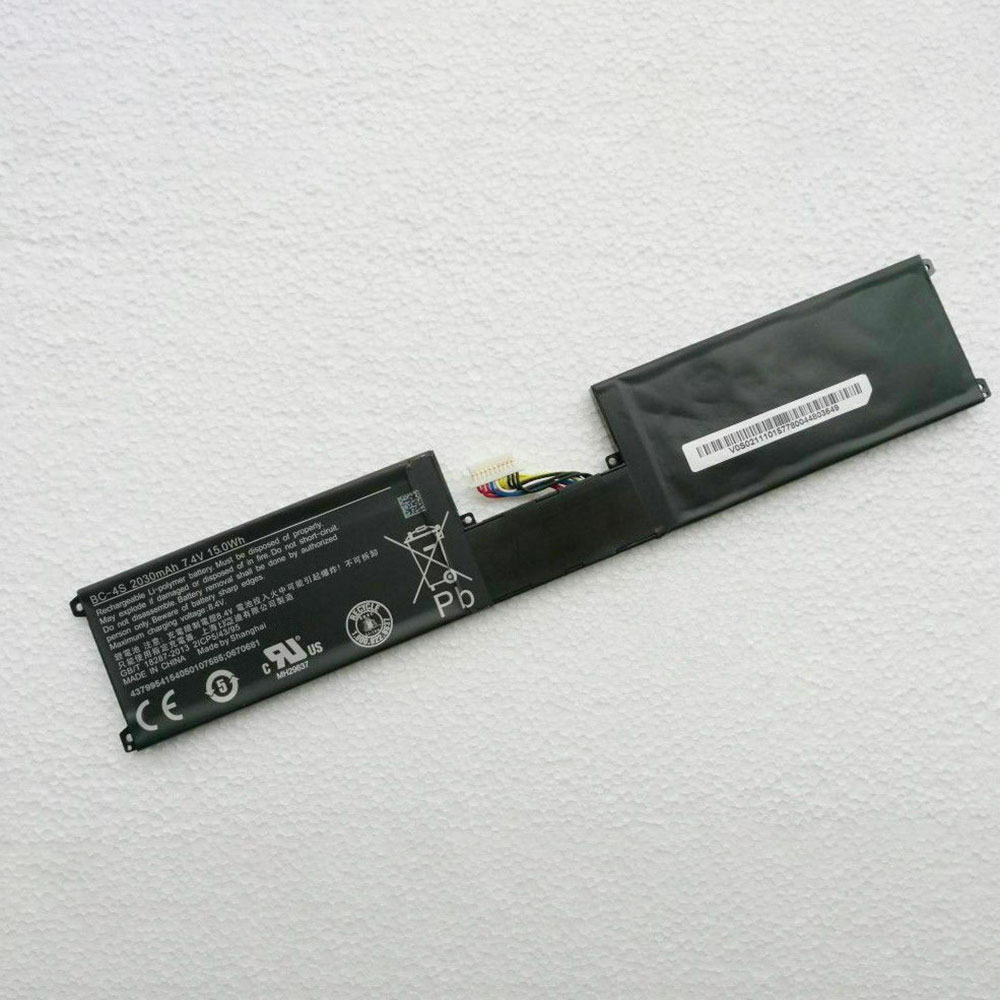While the prices of curved ultra-wide monitors have come down some since they first appeared a few years ago, they are still a premium purchase. If you add things like fast refresh and adaptive sync, the price can still go north of $600. Ever the one to challenge the market, Monoprice’s Zero-G 35-inch gaming monitor (model number 38035) offers an ultra-wide 3440 x 1440 resolution with a 100Hz refresh rate and AMD FreeSync for just $410. You’ll just have to miss out on some luxuries of the best gaming monitors, like USB ports and the ability to adjust the stand.
The Zero-G 35 checks all the right boxes for gaming. In addition to its higher resolution and on-spot pixel density (106ppi) the VA panel delivers 3,000:1 contrast with a claimed 300 nits of brightness. It’s only certified for FreeSync, but we also got G-Sync to run (to see how, check out our instructions on how to run G-Sync on a FreeSync monitor). Both technologies work down to 48Hz, which is a small range, but the pixel count is low enough that performance with mid-priced graphics cards should be decent.
The panel has an 1800mm curve radius, which is ideal for a monitor this size. There is plenty of wrap but not so much that the image is distorted. The Zero-G 35 works well for business apps like spreadsheets and word processors. But most users are more interested in gaming and in that, it excels. A 35-inch, 21:9 display creates a completely believable version of desktop VR by covering all of the viewer’s peripheral vision when sitting 3 feet away or less.
Color is sRGB, and you won’t get premium tech, like HDR or a DCI-P3 gamut, but at this price — on paper at least — it’s hard to think of any significantly better displays in this class specs-wise.
Unpacking and Accessories
You’ll need to break out the Phillips-head screwdriver to assemble the Zero-G 35’s base, upright and panel. Once everything’s locked down, the package is quite solid. If you prefer to use your own hardware, extra brackets are included that create a 100mm VESA lug pattern. The only cables in the box are DisplayPort and IEC power. You’ll find the user manual on the Monoprice website.
Product 360
Though the Zero-G 35 is one of the least-expensive curved ultra-wides available, Monoprice has not cut corners on build quality. Once assembled, the package is solid. The stand looks slender but supports the heavy panel without any play or wobble. It’s made from solid aluminum, anodized black, with a wide base. The only adjustment is 13 degrees of tilt; there is no height or swivel. It sits a bit low so some users may want to elevate it on a small pedestal. In our case, we simply angled it upward and had no viewing issues.
The bezel is a slim 9mm around the top and sides with a wider strip across the bottom. Four control buttons sit under the right edge along with a power key. The latter is far too easy to press by mistake, and we turned off the monitor several times during testing accidentally. The buttons are also much closer together than their representative icons in the on-screen display (OSD). You’ll have to develop a feel for them which we did after a few hours. Menu navigation is a bit clunky when compared to more mainstream displays.
Styling is clearly meant for gamers with nicely-rendered angles and corners around the back and sides. The power LED sheds a soft blue light on the desktop, and two more lights adorn the back. They glow red and can be set to shine steady or flicker, but you can’t change the color.
Inputs include three HDMI ports: one is 2.0 and supports FreeSync up to 100Hz and two are 1.4 and only go to 65Hz. The single DisplayPort 1.2 accepts both FreeSync and G-Sync and signals up to 100Hz. There are no built-in speakers, but you do get a 3.5mm headphone output with volume control in the OSD. USB ports are also absent.
OSD Features
The OSD has everything you need for gaming, including aiming points, a FreeSync toggle and a full set of calibration controls. There are also a number of image enhancements, like sharpness and dynamic contrast.
Though the Zero-G 35 looks OK out of the box, calibration made a significant improvement in color tracking and image fidelity. Monoprice provids two fixed color temp presets, plus a user mode with RGB sliders. There are also five gamma options ranging from 1.8 to 2.6. If you want to tweak the color saturation and hue, those sliders are there as well. A low blue light mode rounds out the color setting menu.
One thing you’ll need to do right away is turn FreeSync on because it’s left off by default. That will enable G-Sync with Nvidia-equipped PCs, as confirmed by our tests. Other menu features include a dual-source PBP mode, aspect ratio options and a list of enhancers that include noise reduction, dynamic contrast, edge enhancement and a three-level overdrive. The last menu, called Other, has a factory reset function in case you want to return all settings to their defaults.
Setup and Calibration
The Zero-G 35 measures just OK out of the box. Grayscale is a bit green, and gamma is too light, tracking around 2.0 instead of the preferred 2.2. This in turn affects color saturation, which is slightly washed out. After changing gamma to 2.4 and adjusting the RGB sliders in the User color temp mode, the image greatly improved. This monitor adheres almost perfectly to the sRGB color gamut and after calibration, is accurate enough to be used for color-critical work.
Gaming and Hands-on
Advertisement
Other Monoprice gaming monitors we’ve reviewed have proved adequate to the task and good performers for the price. The Zero-G 35 takes image quality to a level above its predecessors. Playing a few hours of Tomb Raider and Call of Duty: WWII presentsedan environment awash in rich color and deep contrast. There is nothing like a VA panel for gaming. You won’t see a significantly better picture unless you are playing on a FALD (full-array local dimming) display with HDR and high brightness. For $410, it’s hard to imagine better.
Control response was excellent with quick and sure movements during battle. Enemies were easy to spot at a distance, thanks to that deep contrast. Truly black blacks meant motion was easier to detect and focus on. If you like to use an aiming point, one of the Zero-G 35’s control buttons will call up either a dot or a cross in red or green.
FreeSync and G-Sync Compatibility worked equally well, even though the monitor’s not officially certified for G-Sync. Our AMD machine is a bit long in the tooth but still managed speeds around 60 frames per second (fps) with detail set to a medium level. This is good performance for budget gaming PCs.
With an Nvidia GeForce GTX 1080 Ti FE we hit 100 fps with maximum detail. There was no lag or significant motion blur at any time. The overdrive effect was subtle. There was no ghosting or other artifacts, but it didn’t work aggressively either. There was a slight smearing at times, but we didn’t find it distracting.
The wraparound effect was palpable and compelling. While there are many great gaming monitors in the 16:9 aspect ratio, 21:9 is still our preferred way to play. The Zero-G 35’s 1800R curve brings the sides into one’s peripheral vision without causing distortion. It’s the ideal size, shape and curve for an immersive experience. And its QHD resolution strikes a good balance between clarity and performance. The processing load isn’t quite as heavy as it would be with a 4K gaming monitor but you still get a solid 106ppi pixel density.
The Windows desktop is rendered sharply with excellent contrast and color. You won’t miss the extra color of a DCI-capable monitor when and sRGB display like this delivers such good accuracy. Our calibration brought color, grayscale and gamma to near-reference levels. We’ll take an accurate sRGB monitor over an inaccurate DCI one any day.
Uncalibrated – Maximum Backlight Level
To put the Zero-G 35’s performance in perspective, we have three curved ultra-wides and two curved 16:9 screens in the 27-inch size. There’s the LG 34GK950F, a premium screen with HDR. Also, at the high end of the price scale is the ViewSonic XG350R-C. At a lower price point is the MSI MAG341CQ. The least-expensive curved screens are the two 27-inch, 16:9 panels, the Pixio PXC273 and Samsung 27-inch CRG5. All monitors use VA panels, except the LG, which has IPS.
Monoprice specs the Zero-G 35 at 300 nits, but our sample measured 378 nits with the brightness maxed. That’s plenty of light for any application or environment. If HDR were added in the future, the panel would only need a small bump in output to earn VESA’s DisplayHDR 400 certification.
Black levels are quite low at just 0.1225 nit with the backlight on its highest setting. That delivers a static contrast ratio of 3085.3:1; higher than many other VA displays. The Monoprice has excellent image depth, and once the gamma is set to a higher value, it looks even better.
Our calibration settings moved the Zero-G 35 up one spot in the standings for the Maximum Black Luminance test with a 0.08 nit score. Contrast was a bit lower after adjustments but still above-average at 2,484.9:1. This is excellent performance. In the intra-image test, the ratio stayed solid at 2,427.6:1. The difference between the static and ANSI ratios is too small to be seen by the naked eye, which speaks to Monoprice’s excellent engineering and quality control. This may be an inexpensive monitor, but it delivers superb contrast with all content.
The Zero-G 35’s default picture mode is Standard, which features an accurate sRGB color gamut but grayscale and gamma that are a little off the mark. Luckily, it’s possible to dial things in with a few tweaks.
Grayscale and Gamma Tracking
The default chart shows the monitor’s default gamma setting of 2.2 and the Warm color temp preset. It indicates a visible green tint in the Zero-G’s grayscale tracking that tint becomes easier to see as brightness increases. Gamma is also too low, which means the picture looks more washed-out than it should. With this much contrast available, we’d rather see it be too dark.
By selecting the User mode, the RGB sliders are unlocked and, happily, they start center-range. By adjusting them in a balanced fashion, we fixed the grayscale tracking without a major reduction in contrast. Changing the gamma preset to 2.4 gave us near-perfect tracking that was linear but a tad below the line. 2.18 is a major improvement though. Not only is the picture more three-dimensional, it looks more colorful too.
Comparisons
A 5.00 DeltaE (dE) average grayscale error is a bit higher than many of today’s gaming monitors. The Samsung delivers above-average performance, but most screens manage between 3 and 4dE for their default measurement. Our few tweaks to the RGB sliders brought grayscale tracking to a very accurate point. 1.2dE should be achievable by any monitor, regardless of price.
The default gamma is too light but a change in preset from 2.2 to 2.4 solved that issue neatly. Tracking beca,e super-tight with just a .06 range of values and a 0.91% deviation from 2.2. It doesn’t get much better than that. The picture now became more saturated and colorful with deep blacks and bright highlights.
Color Gamut Accuracy
The light default gamma tracking is responsible for under-saturation in the Zero-G 35’s gamut test. Though the outer points are almost spot-on the sRGB spec, the inner targets are all a bit short of the mark. That adds to the image’s washed-out appearance. Our adjustments made a significant difference with visibly richer color and greater detail in all areas of the picture. Except for a tiny under-saturation in the blue primary, color saturation and hue became right on target.
Comparisons
All the monitors here post respectable color gamut numbers, but the Zero-G 35 is better than average. Not many displays can get under the magical 1dE error level, but this one comes awfully close. That’s impressive performance for any screen and doubly-so for one at this price point.
Gamut volume is right on the money with 100.85% coverage of sRGB. The MSI and Pixio screens intentionally render greater volume in order to come closer to DCI-P3. This is fine if you want extra color at the expense of accuracy. But for sRGB content, the Monoprice will show it correctly, and this is something color purists like us prefer. The Zero-G 35 can be used for color-critical applications once calibrated.
Viewing Angles
The Zero-G 35 has only fair off-axis image quality. Though the color shift isn’t significant, there is a 50% reduction in light output. Detail remains well-rendered, but if you set the backlight at a medium to low level, the image will be hard to see at 45 degrees to the sides. The top-down view is similar with a reduction in detail but not much change in color.
Screen Uniformity
While this test is sample-specific, there aren’t many monitors that have screen uniformity this good. Anything under 10% is an acceptable result, but few make it to the 5% level. Our observation of black field patterns in a completely dark room revealed nothing but even tones. There were no hotspots, glowing areas or backlight bleed. All our visual tests revealed good quality control by Monoprice.
Pixel Response and Input Lag
The Zero-G 35 stays in lock-step with its 100Hz competition, showing that its low price doesn’t mean a reduction in performance. An 11ms screen draw time keeps blur to a minimum, and the overdrive helps with that. A 37ms total lag score won’t appeal to the most competitive gamers with super-human reflexes, but everyone else can expect satisfying gameplay. In our experience, motion was smooth and stutter-free with no perceptible lag in control inputs. Mouse movements looked quick and sure, regardless of how fast-paced the action was.
With curved ultra-wide monitors high on many gamer’s wish lists, the only obstacle is price. Though they’ve come down a bit since first appearing on the market, you’d usually have to shell out at least $600 or more for a 35-inch QHD screen like the Zero-G 35. Monoprice has certainly shaken things up with a $410 asking price and though some less-important features have been left out, everything you need for a satisfying gaming experience is there.
You won’t get a fancy adjustable stand, though the included one is very solid. And there are no speakers or USB ports. The overdrive is a bit weak, and there is no backlight strobe. But with a reliable 100Hz refresh rate, FreeSync (and even unofficial G-Sync support), accurate color with calibration and excellent contrast, games will display with rich detail and vibrant color. The image competes favorably with all but the most expensive premium screens.
Gaming monitors come in all shapes and sizes, but once you’ve experienced a 34 or 35-inch ultra-wide, it’s hard to go back to 16:9. If your budget hasn’t allowed for a curved 21:9 screen in the past, the Monoprice Zero-G 35 might be inexpensive enough to warrant an upgrade. Though it has a relatively slim feature list, its price/performance ratio is high. This is well worth considering for value-conscious shoppers.



